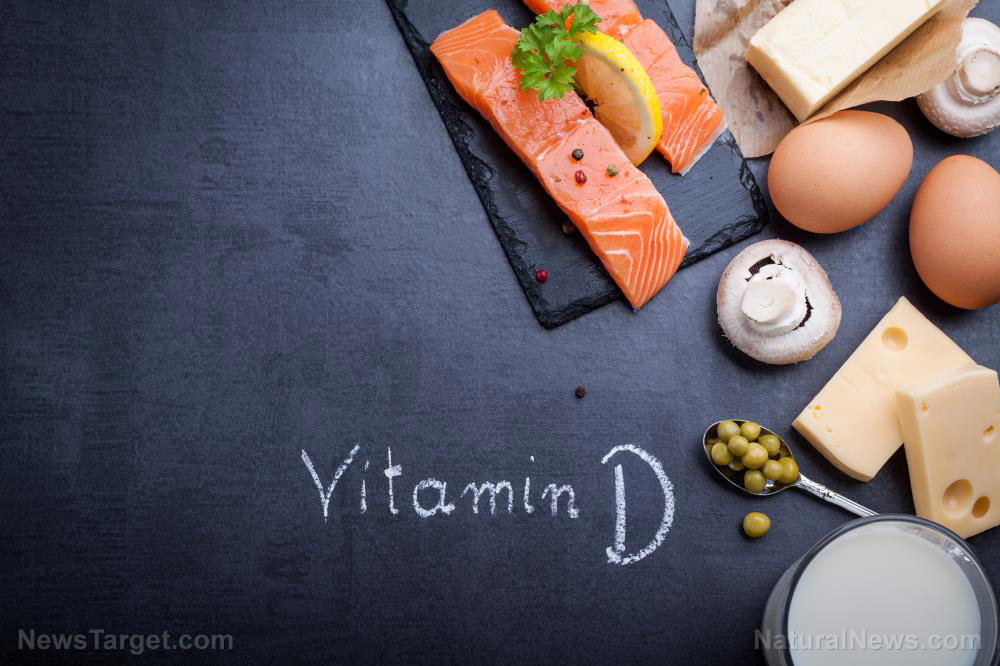Fight heart disease naturally with Natural News’ newest book “Prevent and Reverse Heart Disease and Cardio-Related Events” – free download
07/18/2019 / By Ralph Flores

A killer is after you – waiting silently and biding its time, looking for the perfect chance to strike.
The scary part is, it might already be close to – or worse, inside – you.
Its name? Heart disease.
Heart disease, arrhythmia, and stroke are part of a group of diseases collectively known as cardiovascular disease (CVD). CVD is the leading cause of death around the world, accounting for over a third of all deaths every year. Four out of five CVD-related deaths are caused by either heart attack or stroke, making these two primary causes of concern for health agencies around the world.
Coronary heart disease (CHD) is a condition wherein plaque buildup clogs the arteries that supply blood to the heart. In the U.S., CHD is the most common type of heart disease, killing over 370,000 people annually. Heart attack, on the other hand, occurs in more than 735,000 Americans every year, with some having more than one instance of it. A heart attack happens when a part of the heart muscle is damaged because blood flow to the heart is blocked.
To put it into perspective: “Every 33 seconds, someone dies of heart disease,” says cardiologist Matthew Buddof.
It might be you – or someone you love – in the next minute or two. (Related: Learn how to prevent heart disease naturally with Natural News’ new book!)
Heart disease-related deaths are SOARING worldwide, especially in young adults
Older adults think that heart disease is a condition they should worry about, but recent studies have discovered that more and more young adults are at risk of this killer disease.
The latest study from Northwestern University – published in the Journal of the American College of Cardiology – reveals an uptick in deaths due to cardiovascular disease, particularly heart failure. It also shows that adults under 65 are now at risk of dying because of heart failure, especially black men.
This alarming statistic puts three decades’ worth of medical and surgical advancements for managing heart disease in question. Based on data from the Centers for Disease Control and Prevention, deaths from heart disease have declined significantly since the 1970s by nearly 70 percent for both men and women – a figure now being reversed, according to senior author Sadiya Khan of Northwestern University Feinberg School of Medicine in Chicago.
She points out that obesity and diabetes are the main drivers for the increase. (Related: Understand more about the risk factors of heart diseases – as well as natural ways to beat them – with our new book, Prevent and Reverse Heart Disease and Cardio-Related Events.)
“Given the aging population and the obesity and diabetes epidemics, which are major risk factors for heart failure, it is likely that this trend will continue to worsen,” she adds.
The study included data from the CDC on deaths in the U.S. between 1999 to 2017, involving over 47 million people.
Across the pond, the data is just as grim: For the first time in 50 years, deaths due to heart disease are on the rise, especially for those under 75, according to the British Heart Foundation (BHF).
In the new report, researchers noted that the progress on reducing CVD-related mortality “has slowed to a near standstill” – a far cry from the 75 percent reduction since 1971.
The latest results show over 42,300 deaths in 2017 among those under the age of 75, a 3 percent rise from 2014. In relation to this, the researchers noted over 18,600 deaths among people under 65 in the same period.
Similar to the American study, the BHF found that diabetes, high cholesterol levels, and obesity were the primary factors for this increase.
Recent studies have shown that the adverse outcomes of heart disease aren’t just limited to the heart; it can also affect a person’s mental health. According to researchers from the University of Cambridge, heart disease is linked to depression, with chronic inflammation being the key link between the two conditions. This was evidenced by the common pro-inflammatory biomarkers they found in patients with depression, heart disease, or both. Their study demonstrated that a combination of environmental and genetic factors could play a role in both diseases. It also highlighted the need for a holistic approach in treating heart disease, as well as its underlying complications.
“We need to stop thinking about mental and physical health in isolation and continue this example of bringing sciences together to create real change,” said one of the researchers, Sophie Dix. (Related: Make the changes today that could save your life – and your heart with our new book – out now.)
You can do something to treat – even prevent – heart disease
The data is undoubtedly startling, to say the least. But it doesn’t mean that you can’t do anything about it.
Experts agree that many heart disease- and stroke-related deaths can be prevented, especially in young adults. Some ways to lower the risk of heart disease include having an active lifestyle, a healthy weight, and proper diet.
It all starts by empowering yourself with the right tools. With Natural News’ new book, Prevent and Reverse Heart Disease and Cardio-Related Events, you can learn how to eradicate your risk factors for heart disease—without ever having to pop a prescription pill.
Learn more about the secrets of heart health that Big Pharma doesn’t want you to know so that you can make a plan that works for you.
The best part? Just sign up to our newsletter, and you can get it for free!
It’s never too late to act—grab a copy of Prevent and Reverse Heart Disease and Cardio-Related Events to know how you can prevent heart disease naturally.
Sources include:
Tagged Under: arrhythmia, Big Pharma, cardiovascular disease, coronary heart disease, depression, diabetes, diet, exercise, healthy weight, heart attack, heart disease, heart failure, heart health, high cholesterol, mental health, Natural.news, obesity, physical health, prevention, research, stroke, young adults
RECENT NEWS & ARTICLES
COPYRIGHT © 2017 NATURAL CURES NEWS



















